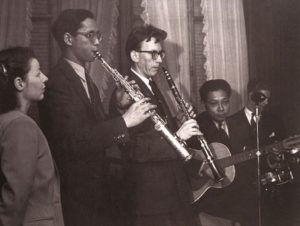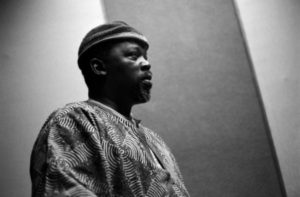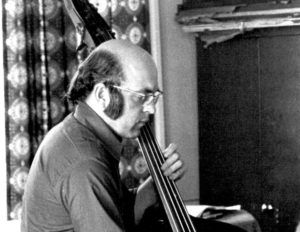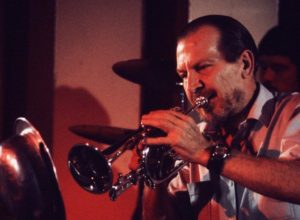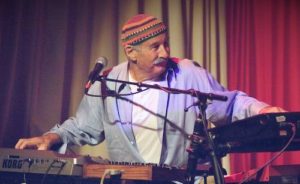Jazz in Romania
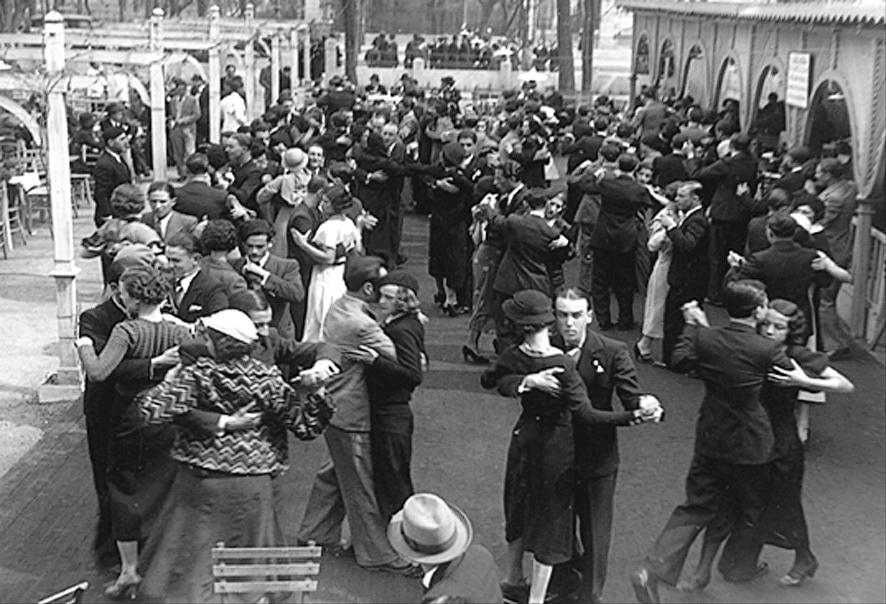
Jazz reached Romania after the first world war. Dance bands would often work with popular singers like Cristian Vasile, Maria Tănase (1913-1963) or Gică Petrescu (1915-2006), and would be as likely to perform gypsy or tango hits as the foxtrots, which often led to the ‘jazziest’ arrangements of the time. One band that did feature jazz more prominently, were those led by violinist and bandleader James Kok (1902-1976), who had already made a name for himself in Germany before returning to his native Romania in 1935. The scene was vibrant enough to tempt African-American jazz and spiritual singer Zaidee Jackson (1898-1970) to move from Paris to Bucharest, where she married a wealthy Romanian engineer, and had some success in the years leading up to the second world war, with shows at the celebrated Mon Jardin cabaret room, inside the Hotel Dorobanti, among other venues.
Most prominent of all the Romanian jazz stars of the age was drummer Sergiu Malagamba (1913-1978), who began leading his own bands from 1939. Malagamba became as popular for his ostentatious dress sense, as for his impressive drum skills and popular bands in the 1940s. So much so, that the term ‘malagambist’ entered the dictionary as a description of any non-conformist, stylish young man of the age. This popularity backfired, leading to his arrest by the pro-Nazi government under Ion Antonescu, as the head of a ‘religious sect threatening state security’, effectively for corrupting the youth of Romania. Malagamba was released from the camp after the war ended, and managed through his ability to diversify musically and maintain a successful career during the new challenges posed by the Communist dictatorship that came in 1947.
Jazz was effectively outlawed during the 1950s, and talented musicians like pianist János Kőrössy (1926-2013) sought outlets elsewhere. He performed and recorded in Poland in the early 1960s, and later moved to Germany. As in Poland, Russia and Czechoslovakia, Romania had its own state record label, Electrecord, which during the Communist era was the only outlet for recorded music of any kind, including jazz. From 1964, the Romanian Workers Party sought to loosen the country’s fealty to Soviet Russia. Among the effects of this was a relaxing of cultural proscription, and the first post-war jazz records on Electrecord appear in the mid-1960s.
Johnny Raducanu (1931-2011) was referred to as ‘Mr Jazz of Romania by journalist Leonard Feather, and he was certainly a leading force in the development of a jazz scene. He founded the Romanian Jazz School and was president of the Romanian Jazz Federation. He recorded for Electrecord from 1966, and worked with Art Farmer and Slide Hampton.
Aura Rully (born 1946) toured USA, Poland and Israel with Kőrössy’s trio in 1965. She worked with the Bucharest Jazz Quintet in the late 1960s, marrying the groups drummer Ron Rully. Together they moved to Canada, and she performed with Duke Ellington at the Newport Jazz Festival in 1972, and with Art Farmer and Slide Hampton in Europe.
More to come…
